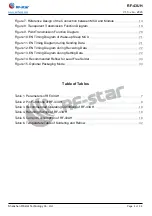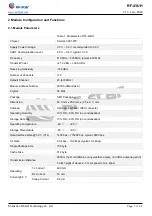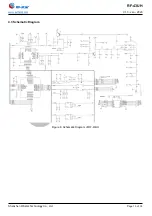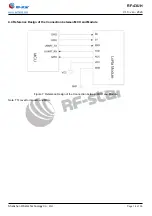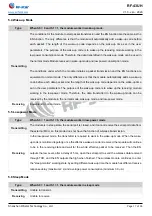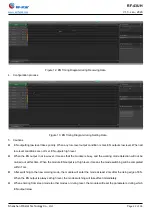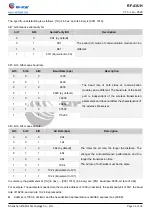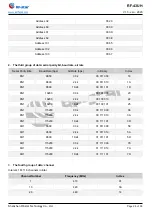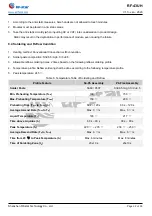
RF-43UH
Shenzhen RF-star Technology Co., Ltd.
Page 20 of 35
Figure 9. Point Transmission Function Diagram
6.3 Broadcast and Listening
Input the broadcast address FF FF, the channel XX, and the data to be transmitted in proper order, and then send. All
modules on channel XX within the range of the wireless signal can receive the broadcast data, that is, co-channel
broadcast. However, the address and channel of the sending module can be arbitrary and are not required. The
requirement is to input the broadcast address and destination channel.
Listening and broadcasting are exactly the opposite. Listening is passive. Set the address of the module itself to FF FF,
and the module can receive the data sent by all modules on channel XX.
Note: Broadcast address and listening address are only FF FF.
6.4 Module Reset
After the module is powered on, EN will output low level immediately, carry out hardware self-check, and set the working
mode according to the user parameters. In this process, the EN keeps the low level, and after that, the EN outputs the
high level, and starts to work normally according to the working mode composed of S1 and S0. Therefore, the user
needs to wait for the EN rising edge as the starting point for the normal operation of the module.

